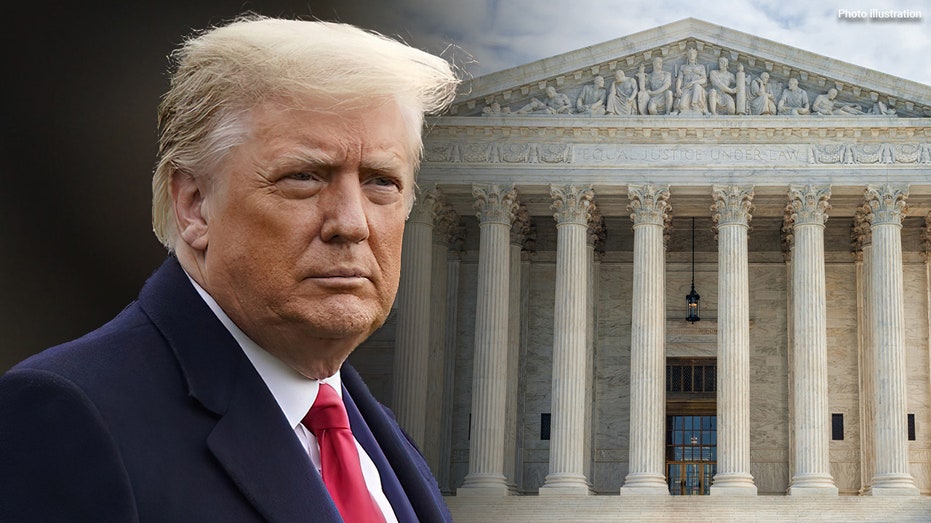The fate of American trade – and potentially the balance of power itself – hung in the balance Wednesday as the Supreme Court heard arguments concerning President Trump’s use of emergency powers to impose sweeping tariffs. This wasn’t simply a debate over economics; it was a fundamental challenge to the limits of presidential authority, a case experts believe could reshape the relationship between the executive branch and Congress for decades to come.
The core question before the justices revolved around the International Emergency Economic Powers Act (IEEPA). Could a president, citing a national emergency, unilaterally impose tariffs on a global scale, even though the law itself makes no mention of such a power? Trump had declared trade deficits a “precipice of an economic and national-security crisis,” justifying his actions under IEEPA, but the court seemed less interested in the economic merits and more focused on the legal boundaries.
Oral arguments quickly zeroed in on the “major question doctrine” – the principle that Congress must be exceptionally clear when granting the executive branch power over issues of vast economic and political significance. Lawyers for those challenging the tariffs argued that Trump’s actions represented an unprecedented expansion of presidential power, a power Congress never explicitly intended to grant.
The Solicitor General, defending the administration, argued that the power to impose tariffs was a “natural common sense inference” of IEEPA, despite the law’s silence on the matter. This claim faced intense scrutiny from the justices, particularly Justice Amy Coney Barrett, who pressed for historical precedent supporting such an interpretation. No such precedent could be found.
Justice Elena Kagan challenged the administration’s assertion that judicial review of IEEPA’s use should be minimal. The administration maintained the law was designed to grant broad powers to address emergencies, but justices questioned whether that breadth should extend to fundamentally altering the nation’s trade policy without congressional oversight.
A central concern raised by Justices Gorsuch and Barrett was the potential for Congress to lose control of its constitutional authority over tariffs. If a president could invoke IEEPA to impose tariffs indefinitely, how could Congress ever reclaim that power? The implications for the balance of power were stark.
The plaintiffs argued that Trump had effectively “torn up the entire tariff architecture,” bypassing established laws with specific safeguards and congressional review mechanisms. They emphasized that IEEPA, unlike those laws, contains no mention of tariffs, and that allowing its use for this purpose would be a dangerous overreach.
Lower courts had already sided with the plaintiffs, ruling that Trump’s authority under IEEPA was not “unbounded.” The Justice Department appealed, warning that invalidating the tariffs would expose the nation to trade retaliation and jeopardize national security. They even claimed “catastrophic consequences” would follow a ruling against the president.
But the case extended far beyond the immediate economic impact. Experts warned that a ruling in Trump’s favor could establish a precedent allowing future administrations to invoke national emergencies as justification for acting without congressional approval on a wide range of issues. The potential for abuse was significant.
Ultimately, the case boiled down to a fundamental question about the separation of powers. As one attorney put it, this wasn’t just about this president; it was about all presidents and the limits of their constitutional authority. The court’s decision will determine whether Congress can effectively delegate its powers, and whether those delegations can be limitless.
The stakes were undeniably high, underscored by the presence of Treasury Secretary Scott Bessent during the arguments. Regardless of the outcome, the case served as a powerful reminder of the enduring tension between executive power and congressional oversight, a tension that continues to shape the American political landscape.






